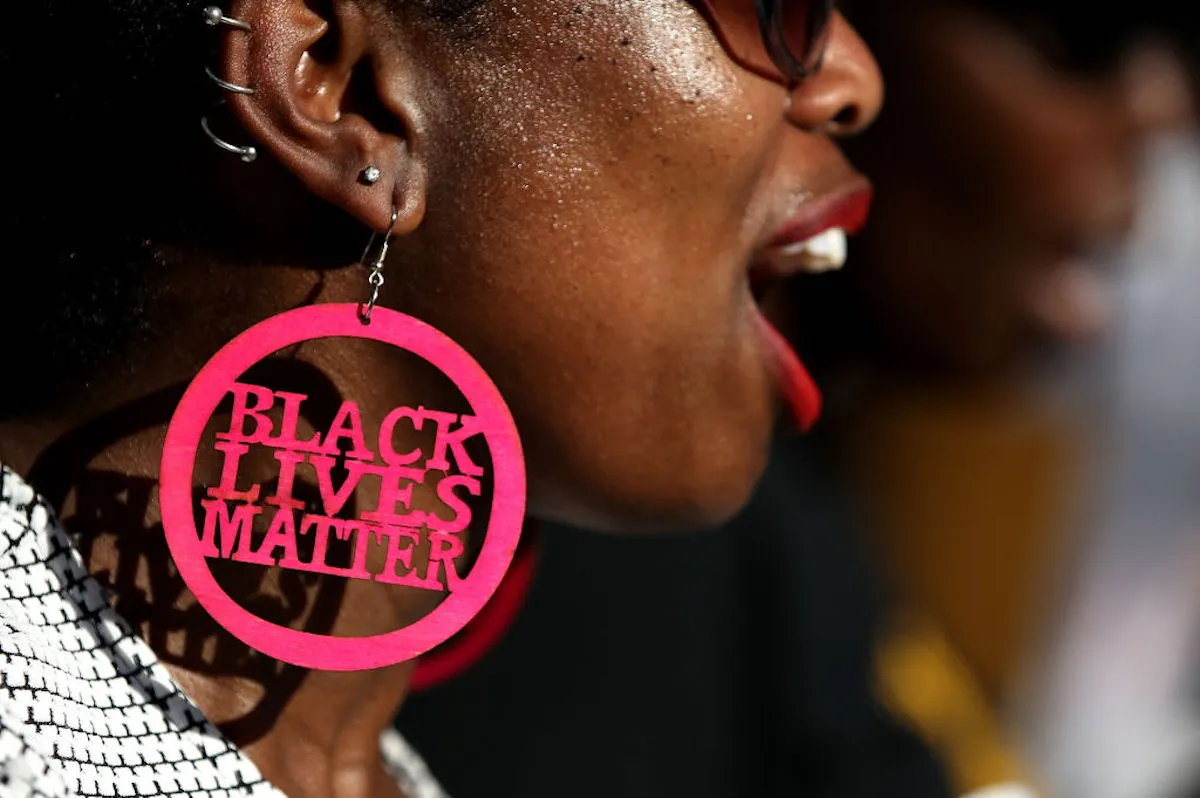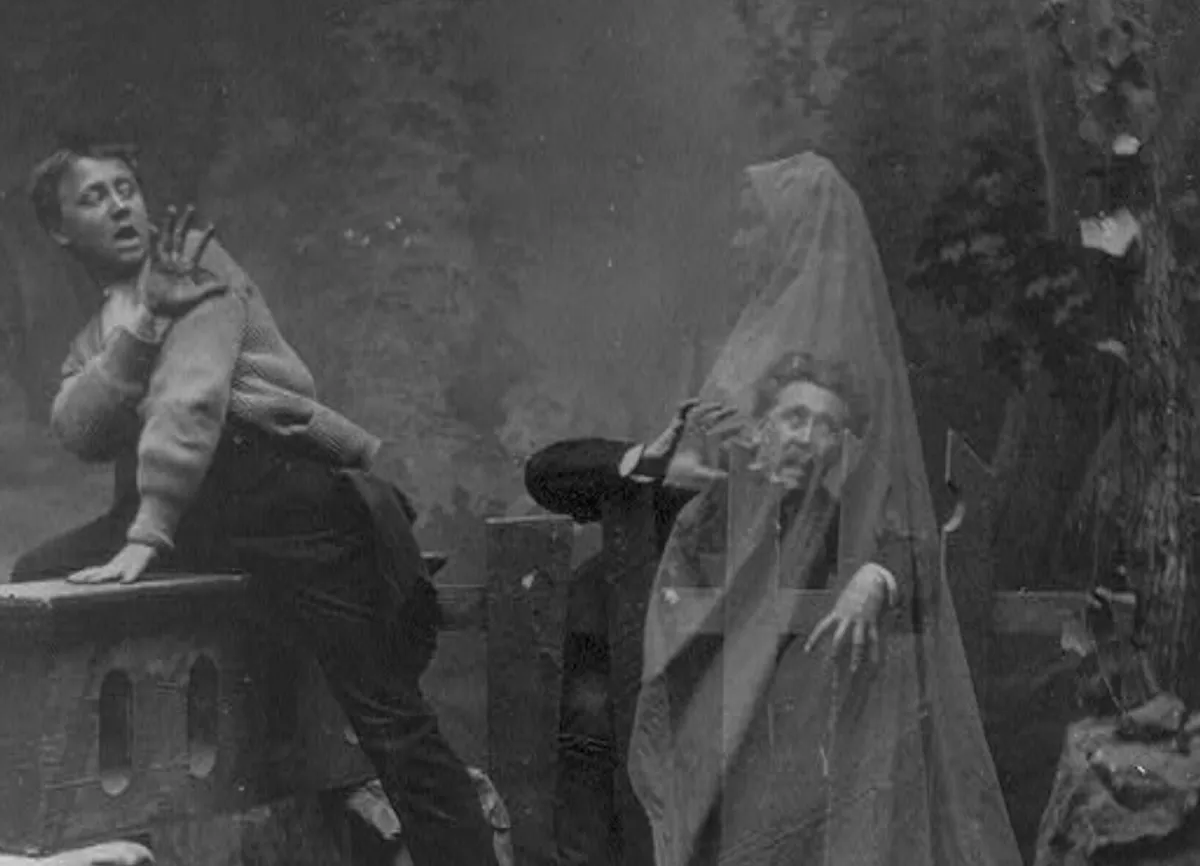A new study, published in the peer-reviewed Sexuality Research and Social Policy, looked at the sexting experiences of teenage girls and found that many of them sent explicit photos not because they wanted to, but because they faced “repeated requests or threats” from their male partners. The study analyzed 462 self-reported stories from AThinLine.org, an MTV-run website devoted to responding to and preventing digital abuse. The stories were posted anonymously.
Hearteningly, some posters only sent explicit photos to partners they were comfortable with or trusted, and they enjoyed the experience of taking and sending them. However, a large number of the girls felt coerced or pressured into sending nudes, either in the hopes of furthering a relationship or because they were blackmailed by the boys they were chatting with.
Below are just a few of the representative quotes:
- “i always get called or text for phone sex or pics i hate it but i do it tho”
- “my bf preaused me for hours to send him pictures of me naked. now he threarens to send them out if i dont send hin more really nasty pics.”
- “I’m 17 and my 19 yr. old boyfriend tries to guilt me into sending pictures of my ***** and says things like ‘but it’s me’ ‘you can trust me'”
As the abstract summarizes, “in addition to sending photographs in the hope of gaining a relationship, young women also reported sending photographs as the result of coercion by male counterparts in the form of persistent requests, anger, and threats. Young women attempted to navigate young men’s coercive behaviors yet frequently resorted to compliance. Refusal was often met with repeated requests or threats.”
While the revelation that teenage boys are often shitty and sexually aggressive to teenage girls might seem pretty obvious, these findings do have concrete policy consequences. Many preventative programs devoted to digital abuse focus on informing girls of the privacy risks, or warning them how child porn laws can be weaponized against them if they’re underage, or explaining how easily their photos can be shared, duplicated, and used against them. However, Sara E. Thomas, the author of the paper, said that her research suggests “young women are not ignorant of the potential consequences of sending sexual images, but rather that for some, the fear of consequence is superseded by more proximal pressures to send them.”
In short, the issue isn’t simply the existence of the photographs in a shareable, not-so-private digital medium. It’s how they’re procured (coercively) and how they’re used (abusively). This suggests that alternative, more effective methods of preventing digital abuse would focus instead on the boys’ behavior, teaching them about consent and respect. Just as teaching women not to drink too much or not to be alone with a man will never prevent sexual assault, teaching girls not to use digital media as part of their sexuality will never prevent digital abuse. You have to start with the root cause: a patriarchal culture which treats women’s bodies as objects that men are entitled to.
As Thomas said, her research “point[s] to a need to support young women to negotiate these situations with greater agency and teach young men relationships skills, like respect, consent, and boundary acceptance.”
Of course, Thomas concedes the limits of the study. “The study focused on young women and didn’t consider how young men behave, nor did it consider same-sex romantic couples,” she wrote. The dynamics of digital abuse in same-sex relationships certainly need to be explored, and the forces that drive young men to share explicit photos are also important to examine. This study is hardly the entire story, and we need to fund research that protects teens of all sexualities and all genders.
(Via Northwestern and Futurity; image: Shutterstock)
Want more stories like this? Become a subscriber and support the site!
—The Mary Sue has a strict comment policy that forbids, but is not limited to, personal insults toward anyone, hate speech, and trolling.—








Published: Dec 30, 2017 02:25 pm